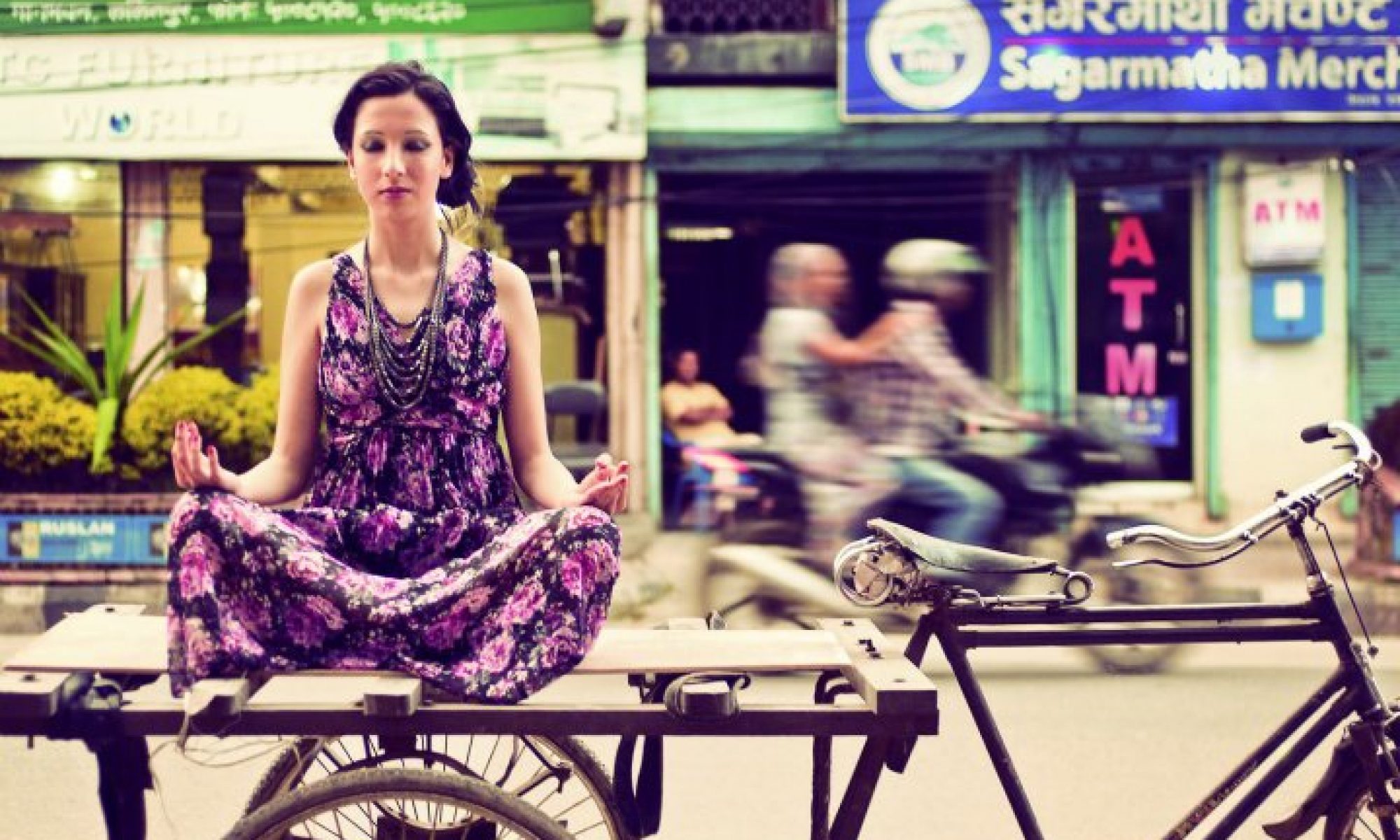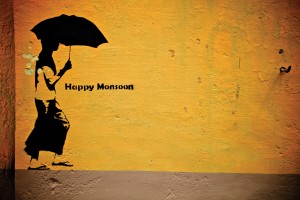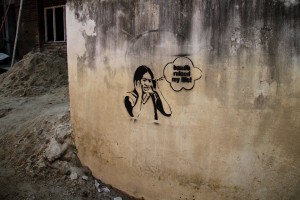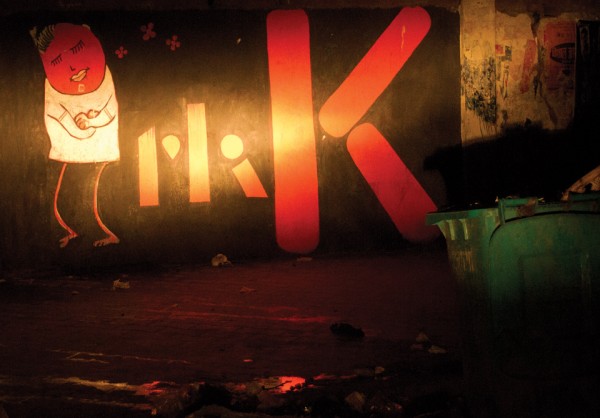Somewhere in the eastern region of Nepal is a hillside strewn with graves of local ancestry. Despite being once revered as a sacred space of worship, many of the graves on Thumki Hill have been recently disturbed by farming activities. But at the start of the year, a set of architects came to the village and now, six months later, came up with a building that not only reflects the sacred nature of the hilltop, but also the potential of architecture in art, ecology and spiritual portrayals.
‘Modern architecture is in search of mythology,’ shares Travis Price, the founder of Spirit of Place, the organization that built the monumental piece at Thumki Hill. In partnership with the Culture and Sacred Spaces graduate program at the Catholic University of America, every semester the group works on a construction that is built in a different cultural setting with the involvement of local people. The main theme of the construction is to use the culture, beliefs and understandings of belonging into an architectural design that essentially encapsulates the ‘spirit of place’.
Back in January Travis, along with Program Director Kathleen Lane, spent time in Namje Thumki talking with and learning from the Sharman teachers. The experience and information gained was then relayed to the graduate architecture students back in America who individually processed, analysed and played with the ideas before sharing them together as a group. Students tried to come up with what they felt would be appropriate portraits of the beliefs and ideas of the place. ‘Many times ideas overlap each other or have characters in common. We then merge together all these ideas, work some more on it and come up with a final outcome,’ says Travis. At the beginning of June, at the end of the semester, the students came to the village and, in collaboration with the villagers, spent nine days building what can now be called not just an architectural landmark, but also a memorial to those before us.
Although an architect by profession, and one with more than common accomplishments, Travis is also a philosopher and an environmentalist. Unlike many architects of the day, he seeks the worth of his creations in the messages they portray. Instead of only attempting to modernise, he infuses the modern with traditional ideas. Reflecting on the influence of ecology Travis says ‘looking at natural patterns is enough to drive and inspire. The first step is to see nature from a different perspective. This brings geometry and natural shapes together.’Stone blocks sourced locally were the chief construction material for the monument at Thumki Hill.
Still, ‘architecture needs ecological balance but it also needs a story,’ explains Travis. ‘As architects we have to find a metaphor to shape the space.’ Questions that architects should be thinking about pertain to culture, antiquity, and ancestry and how to interpret these through a modern lens. ‘Even as deconstructionists,’ he continues, ‘if you can embrace change and embrace the environment, you can create a new modernism.’ And the whole effort behind Spirit of Place is to preserve aspects of culture. After all, ‘the most important thing is storytelling and memory being eradicated. It is almost as scary as the loss of the ecosphere.’
The Monument
The Spirit of Place monument at Thumki Hill captures how the villages evoke their ancestors. The seven metre squared landmark comprises of eighteen walls for the eighteen students that were part of the team. Each of the walls is made of stones which look like tombstones standing towards the sky. The corridors lead to a centerpiece which is a rectangular hole, representative of a grave, dug deep into the earth and topped with glass. People ‘approach it with a sense of mystery and walk down each passage way to a different infinity,’ Travis reflects. Many villagers experiencing the monument for the first time ‘look in and then look up at the sky’ as if remembering their ancestors. The project has local ownership owing to their involvement at each of the stages. The ultimate monument is a product of collective action and collective decisions.
The community is mostly a Magar locality. The religious heads, Sharmans, are immensely trusted and consulted. The team ‘held a series of meetings with the Sharmans to help understand the sacred traditions and rituals of the Magar people.’ And just as the fusion between modernism and traditionalism, there is collaboration between the locals and the foreigners. The transfer of skills is neither top to down, nor east to west. With many of the architecture students inexperienced in construction the local stone masons’ demonstrated all steps from how to make and pour concrete, to placing the stones and building a wall. The relationship with the community livens itself beyond that of the 9 day project. Other ideas were shared and stories exchanged about insulation and solar heating.
Kathmandu: The urban problem
For an emerging city Kathmandu is still packed with the sacred, yet the architecture does not often reflect the culture. The growth is great and necessary but it creates new headaches. The public space needs drastic attention. The identity of the residents needs to be reflected by the surrounding environment. Architects, as represents of the people, should look at reclaiming the public space, roads and places. Unplanned urbanization is beyond control. ‘People need to take a rough stand,’ Travis urges at a conference to architecture students in Kathmandu. ‘The city will look and function better if we can redesign the streets and cityscape and slowly reroute it.’
One of the main problems for Nepalese architects is to infuse the modern with the ancient components that make Kathmandu. In a city where high-rise buildings are competing with temples and structures from the last centuries and beyond, it is necessary to keep ones eye on the depth of the history. The emerging architecture is poisoning the old. When awful new buildings surround the old without any consideration, it is evident that the spirit of the old is lost. This means architects will have to take up responsibility and be accountable for the cities they create- a daunting but otherwise inspiring task. After all, they will not just be imitating the past but, from now, looking to innovate the future.
The innovation needed in the futuristic beautification of Kathmandu is in many ways inspirable from the construction at Thumki Hill. The knowledge gained from the locals and their culture was fused into the design. This process, where the user inputs ideas and collaborates from the outset, means the monument will be far more immersed in the villagers. The idea of a shrine like place for respecting the ancestors came much more in harmony to the villagers than something they had no say over. Such should be the case with architecture. Architecture is not a competition; it is a conflux of thought. And the thoughts must be justifiably derived from what the user and designer both have to say.
Spirit of Place- Spirit of Design is a one of a kind institute that brings together a symbiotic mixture of humanities and architecture. The program has shown a side of design and construction not commonly seen: the non-commercial one. Shaped very much like the architecture of the ecosphere movement from the 1970s, what the institute hopes to teach is that as much as the ecosphere needs to be conserved, the ethno-sphere also needs to be preserved. And, as the brain behind all major constructions, architects have a pivotal role to play in this preservation process.
[minigallery link=”file” columns=”2″ orderby=”title”]



